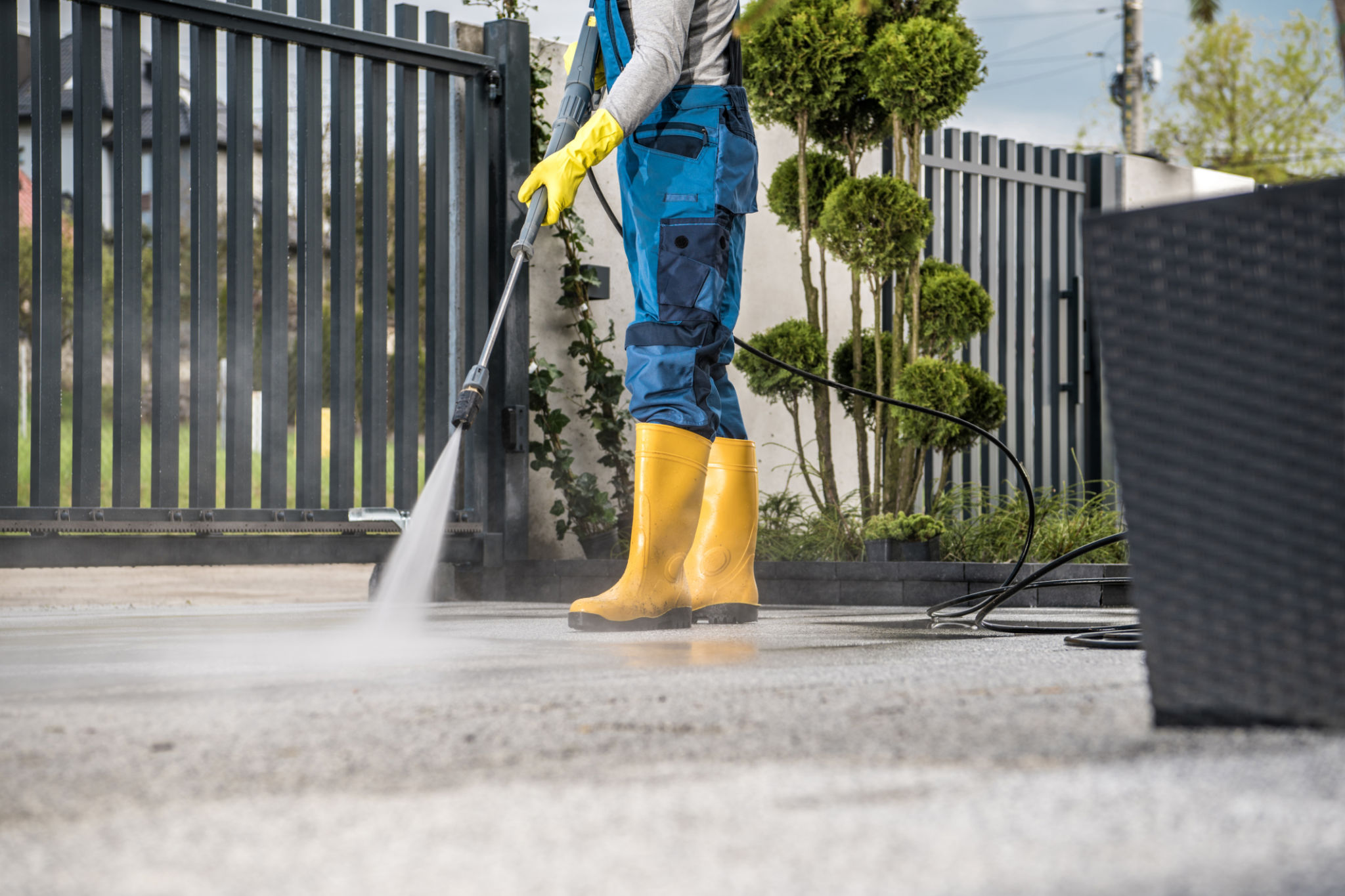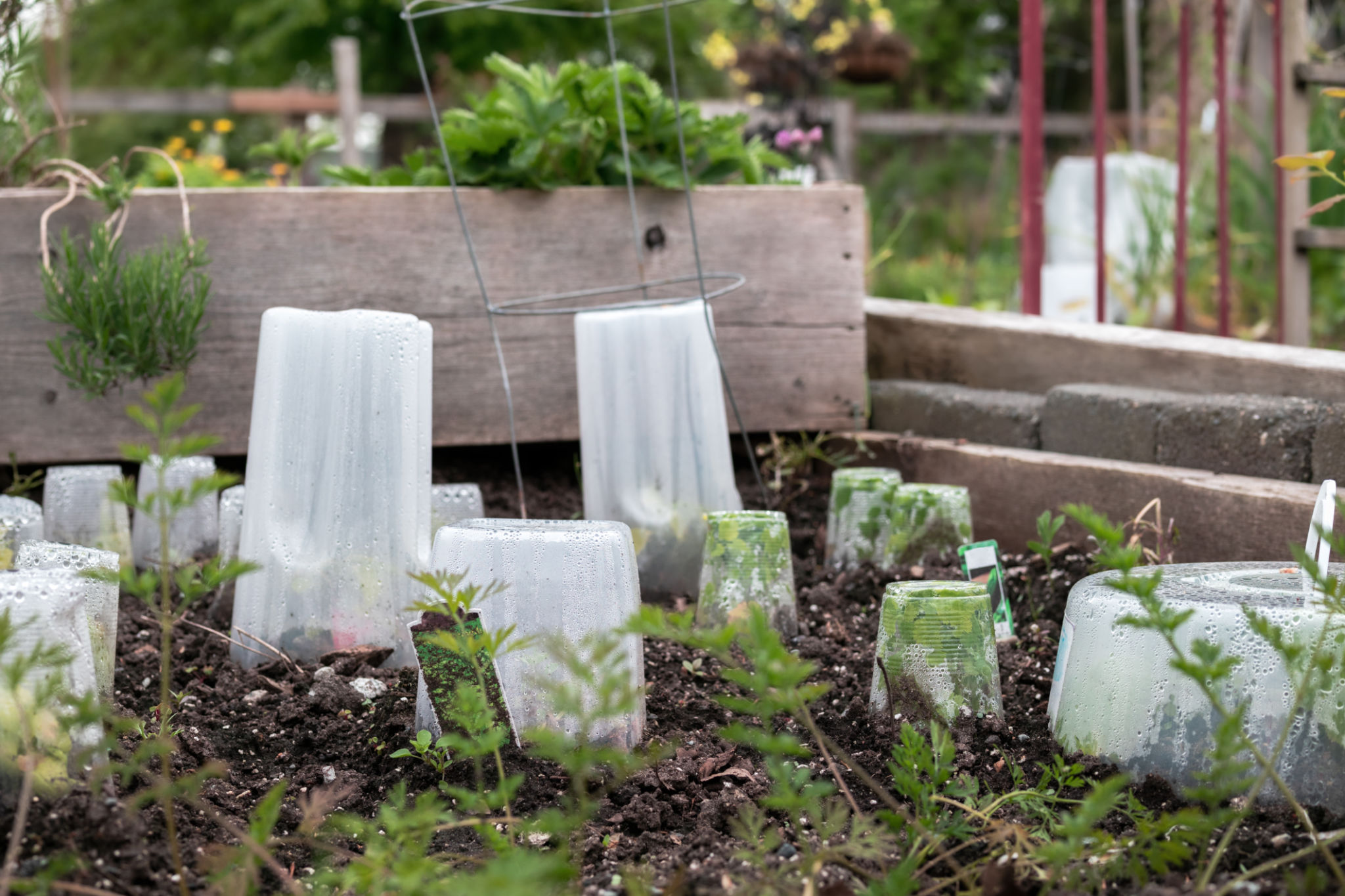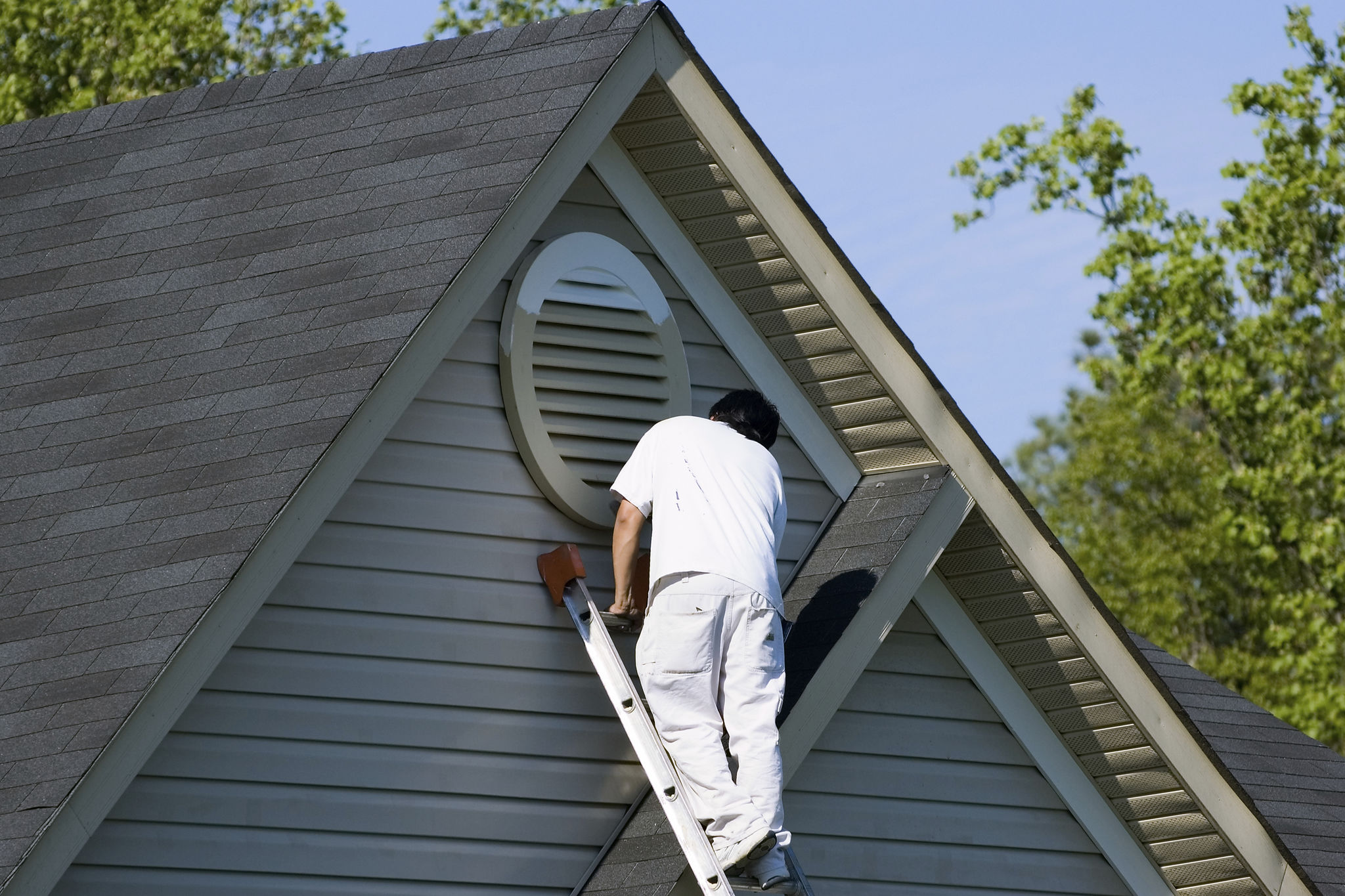How to Prep Your San Francisco Home for the Summer Painting Season
Understanding the San Francisco Climate
San Francisco's unique microclimate can pose specific challenges when it comes to painting your home. The city is known for its foggy mornings, cool breezes, and occasional heat waves during the summer. Understanding these weather patterns is essential before starting your painting project.
It's crucial to monitor weather forecasts and choose a time when temperatures are moderate and humidity is low. This helps ensure the paint adheres properly and dries evenly, preventing issues down the road.

Choosing the Right Paint and Materials
Selecting the appropriate paint is vital for a successful summer painting project in San Francisco. Opt for high-quality, weather-resistant paints that can withstand the city's varying weather conditions. Look for paints that offer UV protection to prevent fading and are mold-resistant due to the humid environment.
In addition to paint, gather all necessary supplies such as brushes, rollers, drop cloths, and painter's tape. Ensuring you have the right tools on hand will make the process smoother and more efficient.
Preparing Your Home's Exterior
Preparation is key to achieving a professional-looking paint job. Start by thoroughly cleaning the exterior surfaces of your home. Use a pressure washer to remove dirt, grime, and any loose paint. This step is crucial for ensuring new paint adheres well.
Once the surfaces are clean, inspect them for any damage or repairs needed. Fill in cracks or holes with caulk and sand down any rough areas to create a smooth surface for painting.

Timing Your Painting Project
Timing is everything when painting your home in San Francisco. Aim to start your project early in the morning when temperatures are cooler and humidity is lower. This allows for optimal drying conditions and helps you avoid working during the hottest part of the day.
If possible, plan your painting schedule around a few consecutive days of clear weather to ensure consistency in the application and drying process.
Protecting Your Surroundings
Before you begin painting, it's important to protect your home's surroundings. Cover nearby plants, shrubs, and walkways with drop cloths or plastic sheeting to shield them from paint splatters.
Additionally, remove or cover any outdoor furniture and fixtures to prevent accidental spills or drips from damaging them.

Applying the Paint
With everything prepped and ready, it's time to apply the paint. Start with a primer if you're painting over bare wood or a significant color change is required. This will improve adhesion and enhance the durability of the topcoat.
When applying paint, use long, even strokes with a brush or roller. Working in sections will help you maintain a wet edge and prevent lap marks.
Final Touches and Cleanup
After the first coat has dried completely, assess whether a second coat is necessary. A second coat can often enhance color vibrancy and provide additional protection.
Once you're satisfied with the finish, carefully remove any painter's tape and clean up your workspace. Properly dispose of any used materials and store leftover paint for future touch-ups.
Maintaining Your Freshly Painted Home
Regular maintenance will keep your home's new look lasting longer. Periodically check for signs of wear or damage, especially in areas exposed to harsh weather conditions.
By addressing minor issues promptly, you can preserve your paint job and keep your San Francisco home looking its best throughout the seasons.
